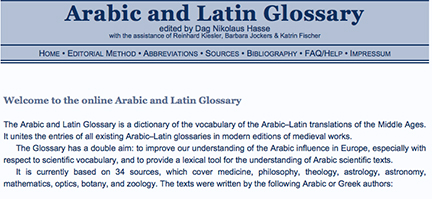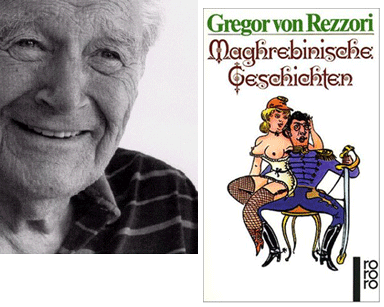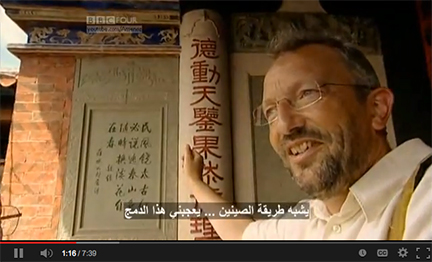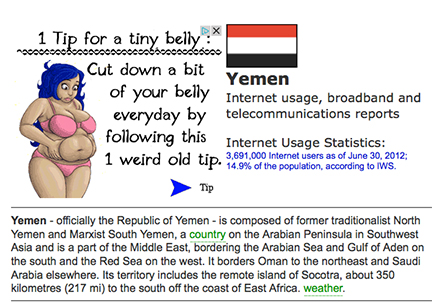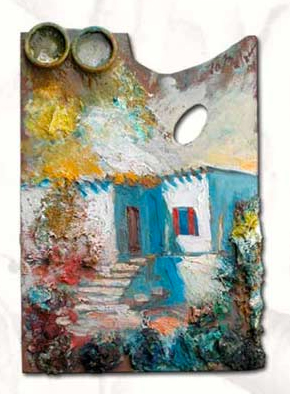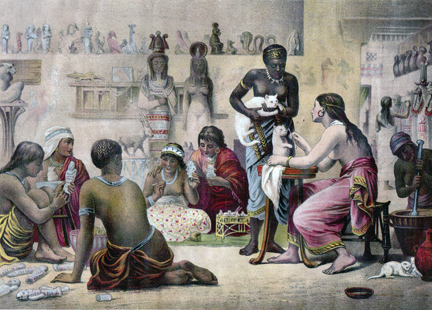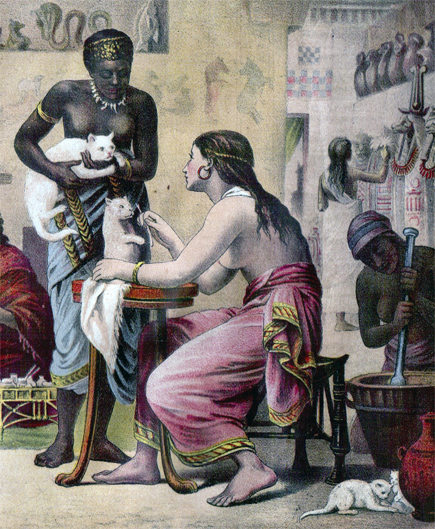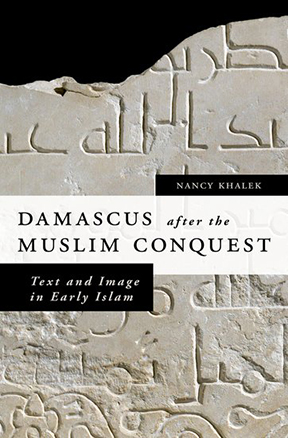
[The following is a link to an interview with Professor Nancy Khalek on her recent book, Damascus after the Muslim Conquest: Text and Image in Early Islam
Oxford University Press, 2011]
by Matthew Long, New Books in Islamic Studies, September 6, 2013
A top five finalist for the Best First Book in the History of Religion Award, Damascus after the Muslim Conquest (Oxford University Press, 2011) by Nancy Khalek, professor of Religious Studies at Brown University, is a study of the city of Damascus, the seat of power for the Umayyad dynasty. More specifically, this book explores the interaction between the recently arrived Muslim Arab rulers and the Byzantine-Christian peoples who made up the majority of the population in Syria. Khalek employs both traditional historical texts, such as Ibn ‘AsÄkir’s TÄrÄ«kh Dimashq, along with art and architecture from the region. She displays a mastery of both the Muslim and Christian sources, discerning the value of their historicity but highlighting the narrative and iconographic significance that can be extrapolate from those sources. During her study of the stories and art, the narratives and iconography reveal that the Muslim and Christian cultures of Syria were in a type of dialogue with each other. She takes care to avoid stating this was a replacement one culture or one borrowing from anther, but instead wishes to portray a blending of these cultures; a blending whose legacy lived on for centuries. Khalek’s work is truly a significant contribution to the field of Islamic Studies and an indispensable interdisciplinary study for both its use of a variety of lesser known source material and its re-imagining of Umayyad history in Syria.
